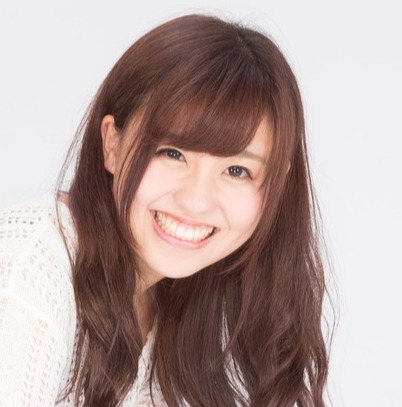“mae” vs. “temae”:Are You Still Getting Confused?
What is the difference between “前(mae) and 手前(temae)“? Are these “手前に動かす” and “前に動かす” the same meaning? After reading this, you would be answering this question. Let me introduce what their subtle differences are and how you correctly use them such as native speakers today!
前 (mae)
in front of/Before/Ago/Forward / 前面 / 전 / trước
“前” means “in front of” and which has been used as the meaning of “close to the front part of something or someone”. The basic way to use it is “___の前(in front of ___)”, “___を前に動かす(Move ___ forward)”. For instance, “ビルの前(in front of the building)”, “家の前(in front of the house), “机を前に動かす(Move the desk forward)”, etc. And “前” means “Before / Ago” which has been used as the meaning of “back in time from the present”. The basic way to use it is “___前“. For instance, “2カ月前(two months ago)”, “1年前(one year ago)”, etc. The tip for using it is that “前” means “front/forward” and its antonym is “後ろ(back/rear)”.
\ Learn Japanese language online with a personal native teacher!/
Sample
コンビニは、あのビルの前にあるよ。 (The convenience store is in front of that building.) (那栋楼的前面有一家便利店哦。) (편의점은 그 건물 앞에 있어.) (Có cửa hàng tiện lợi ở trước tòa nhà kia đó.) (将门移到前面。) (문을 앞으로 움직여 줘.) (Hãy di chuyển cánh cửa về phía trước ấy!)


ドアを前に動かしてよ。 (Move the door forward.) (将门移到前面。) (문을 앞으로 움직여 줘.) (Hãy di chuyển cánh cửa về phía trước ấy!)


2年前に韓国に行ったよ。 (I went to Korea 2 years ago.) (两年前我去过韩国。) (2년 전에 한국에 갔어.) (Hai năm trước tớ đã đi Hàn Quốc đấy.)


2、3日前に新しい携帯買ったんだ! (I bought a new cell phone a couple of days ago.) (我2.3天前买了一部新手机!) (2, 3일 전에 새로운 핸드폰 샀어!) (Tớ đã mua điện thoại mới cách đây 2,3 ngày.)
手前 (temae)
Toward you/in front of/Right before / 面前 / 앞으로 / phía trước mặt
“手前” means “Toward you or Right before” and which has been also used as the meaning of “close to the front part of something or someone”. The basic way to use it is “___の手前(in front of/ just before ___)”, “___を手前に動かす(Move ___ toward you)”. For instance, “コンビニはビルの手前にある(in front of the building)”, “家の前(The convenience store is somewhere between that building and us), “机を前に動かす(Move the desk toward you)”, etc. The tips for using “手前” is that means relatively nearer position “FROM the OBSERVER” (basically the speaker), and its antonym is “奥“(further position, deep part, interior). Or it also means “Right before”.
Sample


コンビニは、あのビルの手前にあるよ。 (The convenience store is somewhere between that building and us.) (便利店就在那栋楼的前边。) (편의점은 그 건물 바로 앞에 있어.) (Có cửa hàng tiện lợi ở trước tòa nhà kia đó.)


ドアを手前に動かしてよ。 (Move the door toward you.) (将门移到面前。) (문을 앞으로 움직여 줘.) (Hãy di chuyển cánh cửa về phía trước mặt cậu ấy!)


包丁を手前に引きましょう。 (Pull the knife toward you.) (拿出放在面前的菜刀吧。) (칼을 앞으로 당겨봅시다.) (Hãy di chuyển con dao kéo về phía mình để cắt.)


信号の手前で降ろしてくれませんか? (Could you let me out right before the traffic lights?) (可以在红绿灯的前面放我下去吗?) (신호 바로 앞에서 내려주지 않겠습니까?) (Bạn cho tôi xuống ngay chỗ phía trước đèn xanh đèn đỏ được không!)
\ Learn more! /









Comments